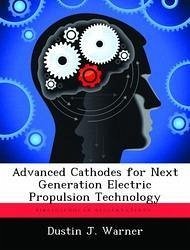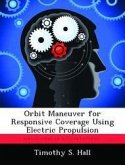The research presented here investigated the feasibility of a 6.4 mm Lanthanum Hexaboride (LaB6) and Cerium Hexaboride (CeB6) hollow cathode for low power electric propulsion applications (100-300W). Two orifice geometries, one anode configuration, several anode and keeper currents, and a range of flow rates were tested for the LaB6 cathode. The CeB6 cathode underwent the same tests, with the exception of the second orifice geometry due to time constraints. The required instruments include an oscilloscope to monitor the keeper and anode voltages, a Langmuir probe measured electron temperature, plasma densities, and plasma potential for the coupling plasma, infrared imaging studied the thermal characteristics of each cathode, electron microscopy for surface contaminant analysis, and high-speed imaging for coupling plasma observations. The oscilloscope, Langmuir probe, and high-speed camera determined the cathodes' mode of operation and gave information that indicated stable spot mode or unstable, destructive plume mode.
Hinweis: Dieser Artikel kann nur an eine deutsche Lieferadresse ausgeliefert werden.
Hinweis: Dieser Artikel kann nur an eine deutsche Lieferadresse ausgeliefert werden.








